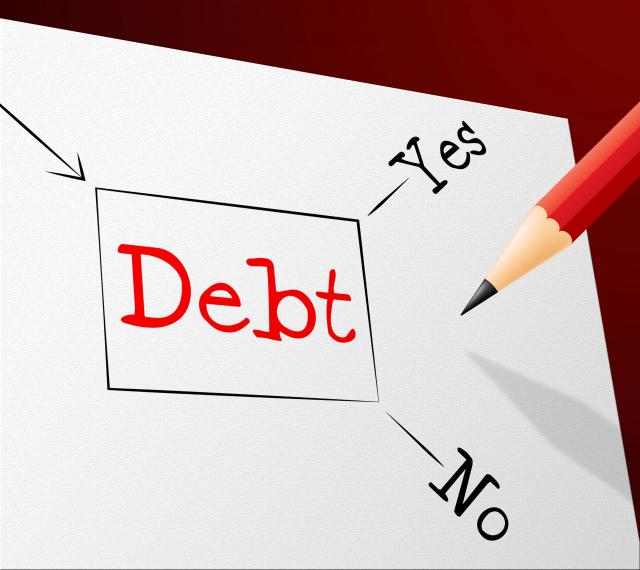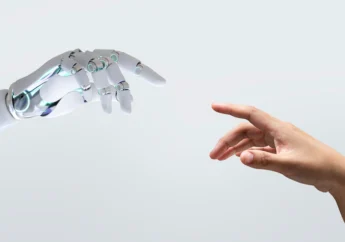Lessons We Learned About Controlling Debt
by Mashum Mollah Insurance 28 September 2017

It’s not as difficult as it seems.
Having debt in your life can be positive and lead you to better things. We can borrow to build businesses, buy homes and help us out of sticky financial situations. The key to good debt management is control. As long as your debts remain within your control then you’re unlikely to feel overwhelmed by them. When debts spiral out of control, serious consequences can follow. So, how do you make sure that you remain in a comfortable position where borrowing is concerned?
Lesson 1: It’s all about borrowing what you can afford
Affordable debt is the best kind of debt because it doesn’t put undue pressure on your other finances. When you’re assessing debts you have, or considering something new, look at affordability in terms of the interest rate i.e. what you’ll pay to borrow the money. It’s also important to work out whether repayments you’re making each month are affordable i.e. how much are you left with after the repayment has been made? Remember that there are many different types of loans with varying interest rates and your existing debts will affect the interest rate you can obtain. If you have a poor credit history and have to borrow using no credit check loans then you will likely be paying a high interest rate.
Lesson 2: Staying on top of your debts is crucial
One of the most important lessons to learn when it comes to controlling debt is that it requires constant monitoring. Whether you have an overdraft, credit cards, payday loans or personal loans, you need to know how much you owe at any one time. Before applying for any more debt make sure you already have an idea of existing debt totals, whether more is affordable and what the cost to you will be.
Read also: Looking for a Business Debt Consolidation Loan? Find the Best Company
Lesson 3: Prioritising your debts will enable you to control them better
Especially if your debts are starting to feel overwhelming, learning how to prioritise them will give you more control. Start with those debts where you might be facing emergency circumstances, such as a bailiff, a disconnection or court action against you. You should aim to prioritise debts that have consequences, such as fines, penalties or legal complications. After that, work with the debts that have the highest interest rates and look to clear those next. The last tranche of debts to focus on are those with relatively low interest and smaller totals that are costing you less.
Lesson 4: Make sure you have a clear plan for repayment
Even if you’ve spent a few months or years not making much impact repayment-wise, it’s never too late to start. Create a clear plan for debt repayment that shows you how long this will take and what you can do to speed up the process. There are multiple apps and advice websites that will provide you with tools to control debt like this, from motivational notifications, to detailed money management.
Lesson 5: Learn from your experiences
If you don’t like the feeling of being in debt, remember it so that when the next opportunity arises to consider a loan or credit card you can make a well-informed choice. When you start to get into good habits with debt work hard to maintain them, from the decisions you take about affordability, to making early repayments and having a definite plan.
Read also: Preliminary Actions You Can Take as You Consider Courses of Debt Relief







































































































